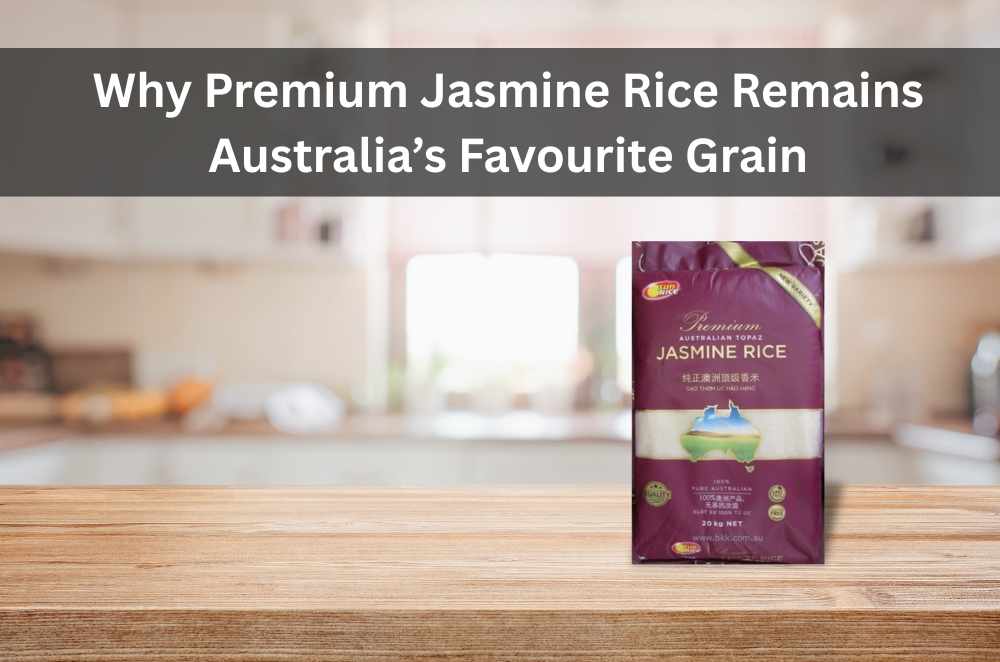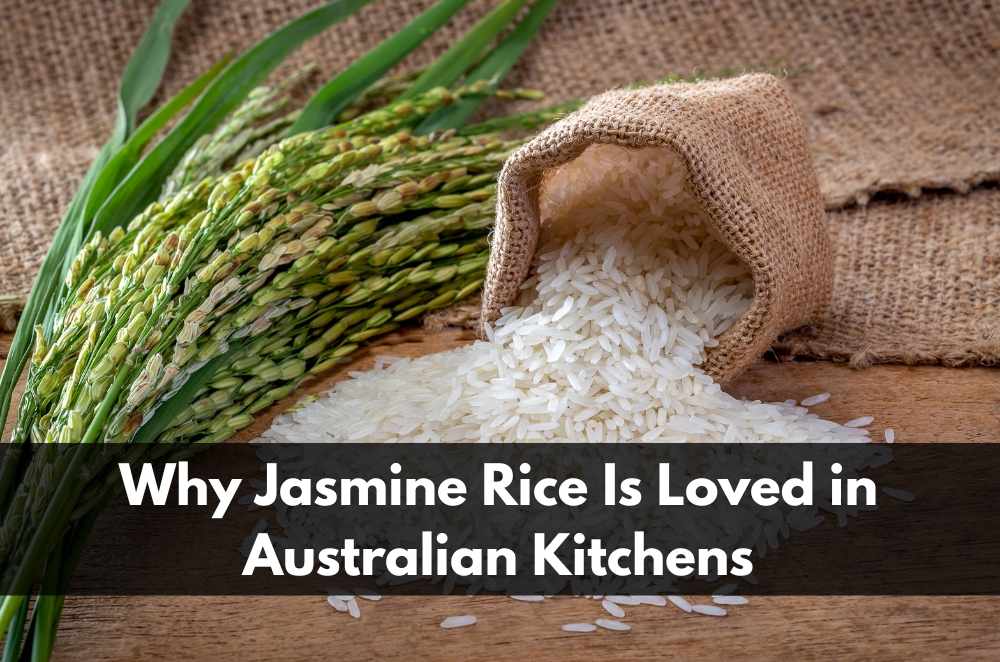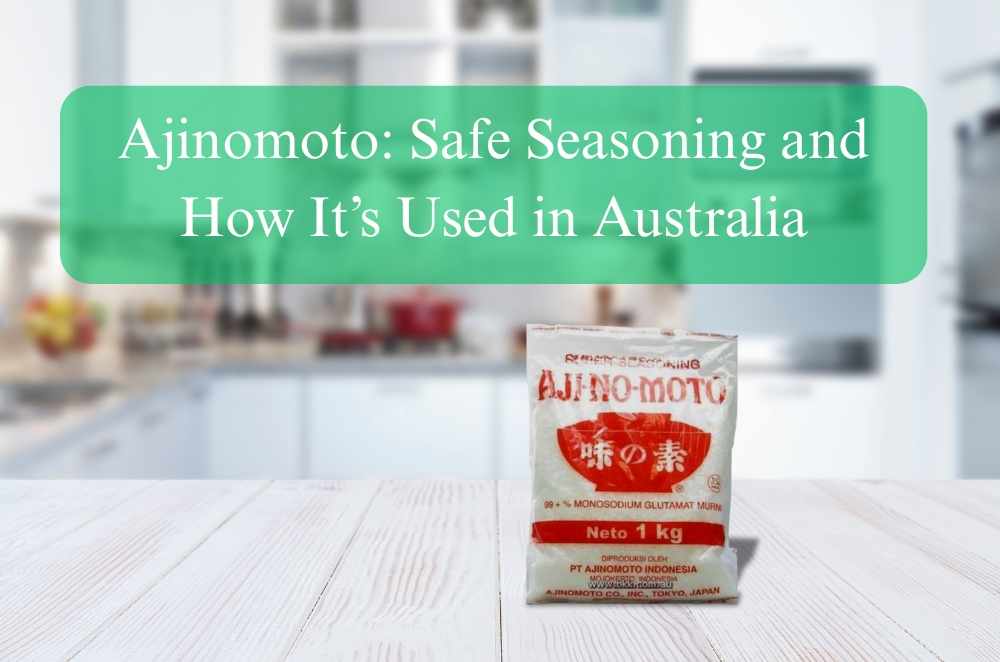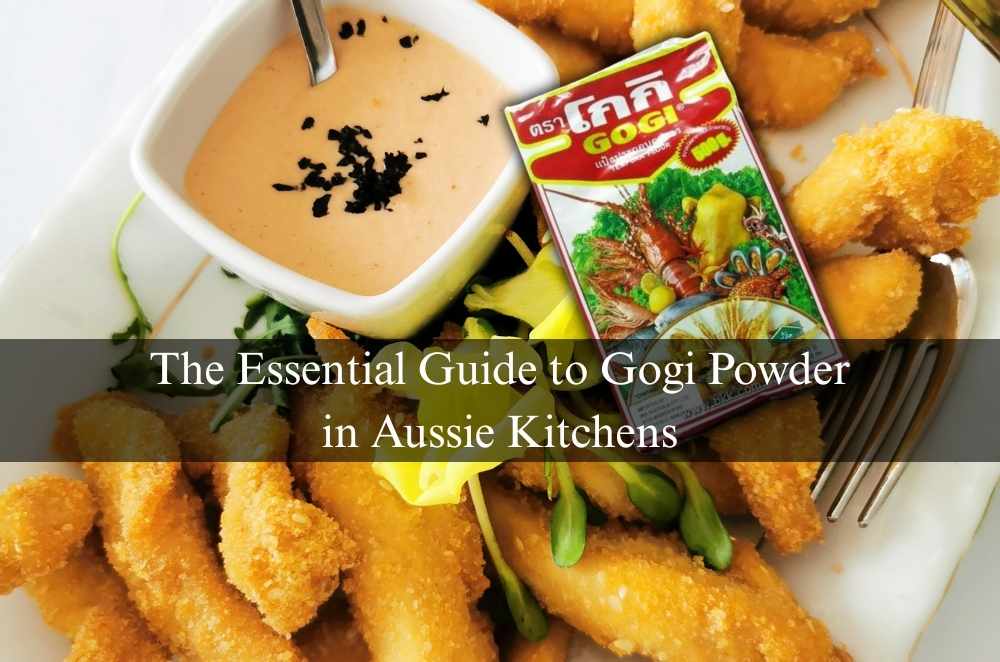
There’s something quietly transformative about switching up your everyday ingredients. Thai jasmine rice, for instance, brings more than just a fragrant aroma to the table — it offers texture, balance, and a kind of understated comfort that blends into nearly any meal. I started using it during a stretch of at-home dinners when variety mattered more than complexity. After a few tries, I found myself reaching for the best Thai jasmine rice brand, not because it was hyped, but because it consistently delivered what I needed: something dependable. It didn’t overpower the plate — it rounded it out. That small shift made a big difference to my daily cooking.
What makes jasmine rice different from other types?
What sets Thai jasmine rice apart isn’t something loud or obvious — it’s the way it just works with everything. The grains, mostly grown in the northeast of Thailand, are long and a bit glassy-looking. Cook them right, and they turn out soft, kind of clingy but not mushy. They hold together without sticking like glue.
The smell caught me off guard the first time — somewhere between floral and popcorn, but not overwhelming. I found out later that it’s from a natural compound in the grain itself. You don’t need to add much to make it sing. Stir fries, quick curries, just plain rice bowls — it seems to slot in easily. The texture’s what really sold me: tender, but not limp. It carries sauce without falling apart.
Using jasmine rice in stir-fry and everyday cooking
Stir-fries can fall apart quickly with the wrong base grain. I learned this the hard way when using dry, broken rice that scattered and clumped unpredictably in the pan. Jasmine rice, by contrast, holds together without becoming gluey, especially if it's made ahead and allowed to rest.
It’s this quality that makes it a go-to in my kitchen. I’ve tossed it under quick stir-fries, even just leftover greens and an egg — nothing fancy. One time, I ran out of soy sauce and reached for a tub of red curry paste that’d been sitting in the fridge. Didn’t follow a recipe. Just fried up some garlic, dropped in the paste, splashed in whatever coconut milk was left. It turned out better than I expected. That’s when I really started looking into how to use red curry paste, not just for curries but quick weekday meals too. Jasmine rice handled the sauce like a champ — not soggy, just solid.
The beauty of jasmine rice in everyday cooking is that it doesn’t get in the way; it complements, absorbs, and supports.
Nutritional context and food choices
Rice often enters nutrition discussions as a source of carbohydrates, but it plays a broader role when considered in context. Jasmine rice is naturally gluten-free, low in fat, and can be part of a nutrient-conscious meal when balanced with whole foods like leafy greens, legumes, or lean proteins.
For Australians trying to align meals with public health recommendations, the Department of Health offers a clear and practical breakdown on food and nutrition. Their approach focuses on moderation, variety, and cultural inclusion — all of which jasmine rice fits into comfortably.
It’s not about labelling rice as "good" or "bad" — it’s about knowing when and how to use it to support broader dietary habits. A bowl of jasmine rice with steamed veggies and a fried egg? That’s not indulgence — that’s balance.
Choosing quality jasmine rice: what to look for
Not all jasmine rice is created equal. When you’re scanning through options at the shop or online, a few markers can help you sort through the noise:
Origin labelling: Look for packaging that clearly states it’s sourced from Thailand.
Grain appearance: High-quality jasmine rice is long-grain, unbroken, and slightly glossy.
Smell test: Even before cooking, the rice should carry a faintly floral, buttery scent.
Over time, I found myself gravitating toward brands that didn’t try too hard — no shiny packaging or wild claims, just good rice. And once I started cooking with the same brand consistently, I noticed how much smoother my meals went. Familiarity with a single grain meant fewer surprises and better outcomes.
How to keep jasmine rice fresh after opening
Jasmine rice can last for months if stored properly, but its unique fragrance can fade if left exposed to air or strong odours. I learned this the frustrating way after storing a half-used bag near spices — the next time I cooked it, the rice had taken on a strange, herbal aftertaste.
To avoid that, I now follow a simple routine:
Transfer rice to an airtight container immediately after opening
Keep the container away from heat, light, and moisture
For long-term storage, especially in humid climates, consider vacuum-sealing
There are many guides online that go deeper into how to store jasmine rice, but the basics usually cover most household needs. The key is preventing oxidation and absorbing odours, both of which can dull the rice’s natural qualities over time.

When jasmine rice makes the most difference
Some ingredients are forgiving — you can swap them out without much consequence. Rice isn’t always one of them. There are times when jasmine rice adds something textural or sensory that another grain can’t offer.
Here are a few moments when I reach for jasmine rice without second-guessing:
Coconut-based curries: It absorbs just enough without collapsing
Fried rice: Particularly with egg or vegetables, it binds without sticking
Simple rice bowls: Jasmine rice forms a soft base for layered leftovers or new creations
What I appreciate is that it doesn’t try to dominate. It knows its role, and it plays it well.
Final thoughts
There’s value in a food that doesn’t ask for attention. Thai jasmine rice isn’t about flash — it’s about consistency, reliability, and quiet support for the meals that matter most. Whether it’s layered under curry, tossed in a wok, or served beside roasted vegetables, it adapts without compromise.
In my kitchen, it’s become more than just a pantry staple — it’s a foundation.










Write a comment ...